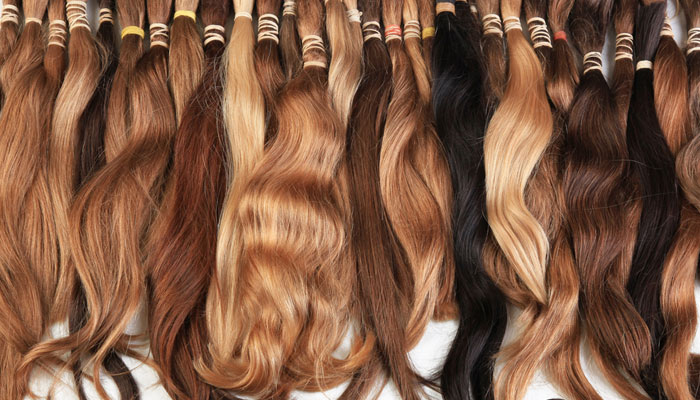
1. Adding length and volume
Women—and men—are very sensitive about their crowning glory. While hair transplants offer hope, this is an expensive and painful procedure. Luckily, today there are a host of cheaper, natural looking options for people to augment their hair if they are not happy with the texture and volume of their strands. Some of the options that you might want to consider are:
2. Filler patches
This is a relatively new technology that uses nanogen particles that mimic hair fiber. Nanogen keratin hair fibers cover hair loss and thinning hair instantly. Nanogen uses electrostatically charged keratin fibers to bond with existing thinning hair and create a thicker, fuller look. When used with a Nanogen Locking Mist, Nanogen fibers bond firm with existing thinning hair to cover hair loss and bald spots and make hair loss undetectable to the eye.
These microscopic color-matched hair fibers are electrostatically charged and specifically designed to disguise bald spots and thicken hair. You just have to shake them onto weakened hair follicles from a small drum so that they stick to your hair strands, giving your hair an instantly thicker, natural look.
3. Bonding
Bonding is a popular temporary weaving method to add volume or colored streaks to natural hair. Tracks of hair are glued to the roots of your own hair with a special adhesive but are left in for no more than a week or two to prevent damage to your natural hair. Bonding also refers to the attachment of toupees (and customized wigs) to cover bald patches with a medical grade adhesive.
However, I would not recommend this method because it can worsen balding since hair is pulled at the roots constantly leading to tension alopecia. There is also the danger of tearing hair if you absent mindedly run your hands through you hair, accidently breaking the bonds.
4. Fusion
The fusion method offers a versatile, very natural looking weave where human hair extensions are stuck to individual strands of your natural hair. This allows you to wash your hair, condition it and style it the way you would normal hair. This is an expensive, time consuming process and the number of sections added will depend on the thickness required.
5. Clip in, clip on hair extensions
This is one of the commonest, most popular techniques that cause minimal hair damage. Clip-on extensions have sections of hair sewn onto them. Each clip-on usually has a set of human hair strips that vary from two inches to eight inches across. The hair extensions are clipped on at different levels to increase fullness and these can be worn all day long. However, it is advisable to remove them at night.
6. Hair Wraps
Hair wraps are fun, colorful hair accessories. They can add a splash of color to an otherwise staid hair style. Very popular with younger women, you can choose to use colorful threads, feathers and embroidery floss and weave it around a section of hair that is tightly braided first. You can use as many colors as you like, but the more threads used the thicker the wrap will be.
Want to try amazing hairstyles with hair extensions? Check out:

